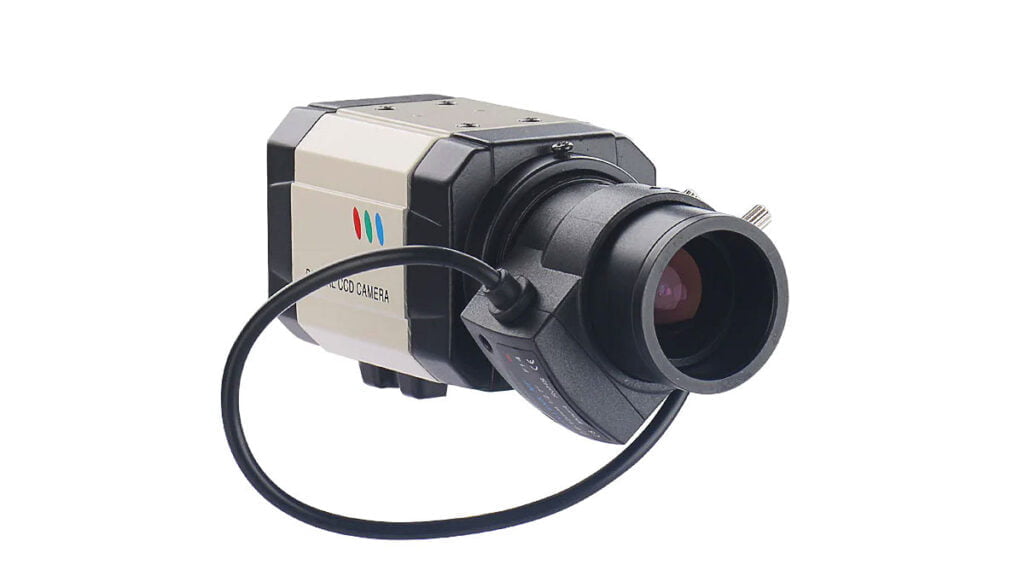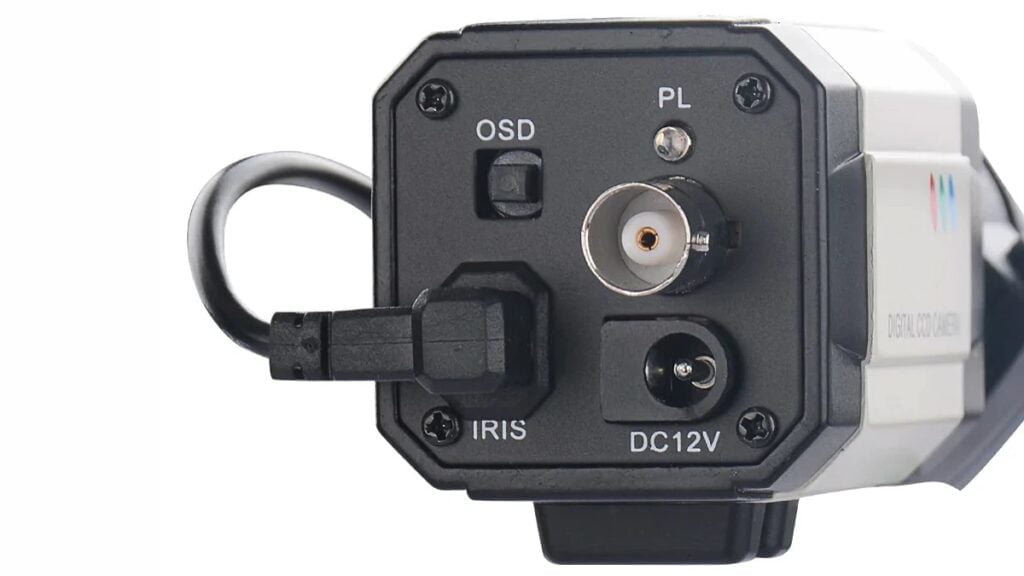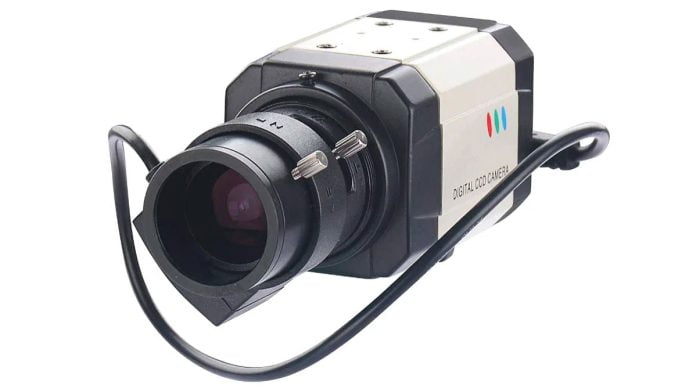Troubleshooting Video Over Coaxial Cable.
Troubleshooting Video Over Coax – We had an enquiry during the week from a youngish tech in Victoria who had been asked by a customer to install an analogue CCTV system – it was a Vanxse with a 1/3-inch Sony Super HAD CCD – and having got 6 cameras up, the team found one input was displaying hum bars. The question got us thinking about some of the most common issues techs face when running video over coax.
Every installation that uses coaxial cable will experience some signal loss between the camera and monitor/recording device – using baluns can help and may deliver cable runs of up to 500 metres. Unsupported cable runs will see degradation from different causes including EMI and phase addition, high frequency attenuation, as well as sharp bends in the cable that will impact on the final image stream. These causes have a signature effect on the picture you’ll get.
High frequency EMI will lead to snow on the monitor, while high frequency attenuation will result in loss of picture detail or resolution. Any phase addition is going to mean image smear or the sort of ghosting effect you’d be used to seeing when incident signals and reflected signals merge – this can be the result of impedance variations in the equipment you’re using.

Hum bars will be seen when your system is suffering from the effects of low frequency EMI from power cables – in most cases you’ll see this effect when you have long cable runs – this was the case with the tech in Victoria.
Hum bars occur because the signal paths to ground are not the same electrical potential in number in different locations. Such ground potential variations at opposite ends of a cable run will cause 50Hz currents to flow through the shield of a coaxial cable – bear in mind that this shield is part of the signal path in a 75-Ohm unbalanced coax run. What will happen in this instance is that the signal will be amplitude modulated at 50Hz – the result being hum bars.
There are steps you can take to ensure the integrity and purity of your signal. For a start, get some signal conditioning equipment in the signal path between camera and monitor. A video equaliser installed at the cable output will equalise high or low video signals so that amplitude and frequency match those of the camera’s output.
You can get rid of 50Hz hum bars using hum clampers or clamp amplifiers. For low level hum problems, isolation transformers will ground the video cable at a point to get rid of hum interference. Don’t forget that any decent ground is going to have resistance value lower than 10 ohms.
You can find out more about analogue CCTV systems here and read more SEN news here.
“Troubleshooting Video Over Coaxial Cable.”









